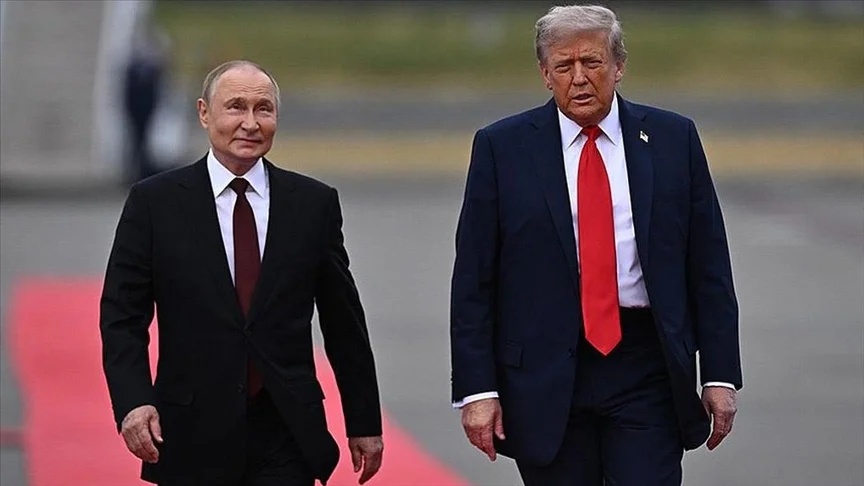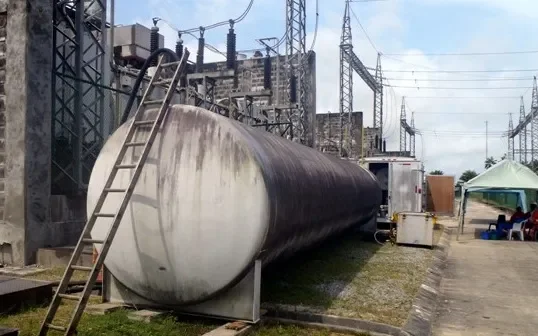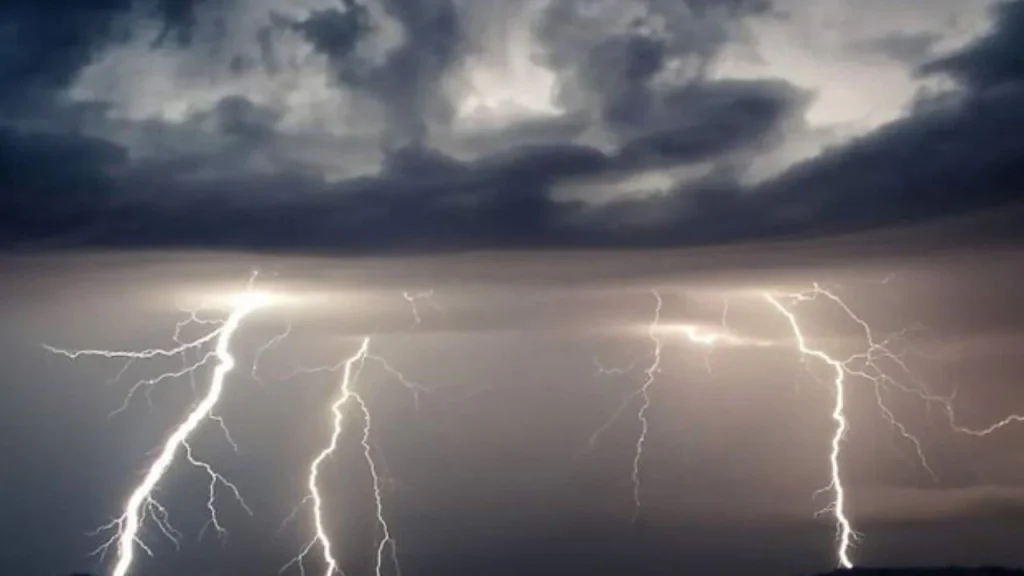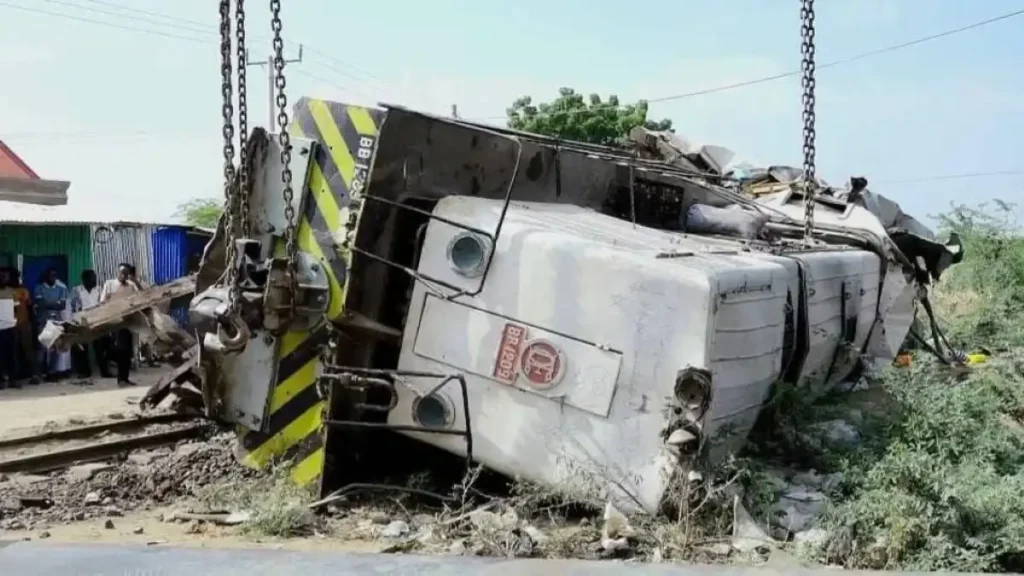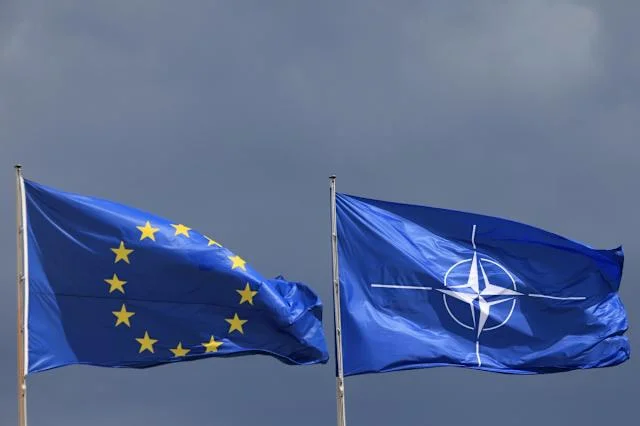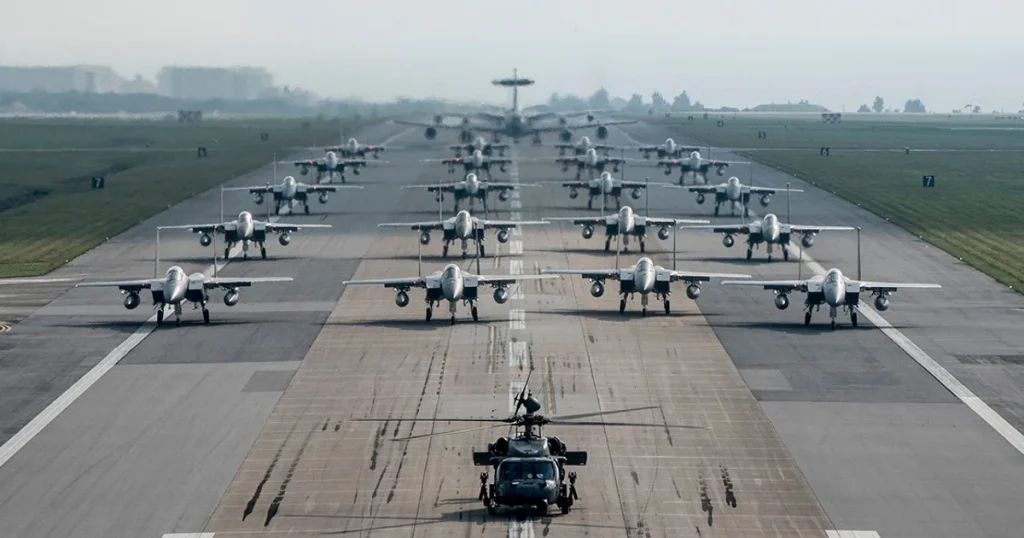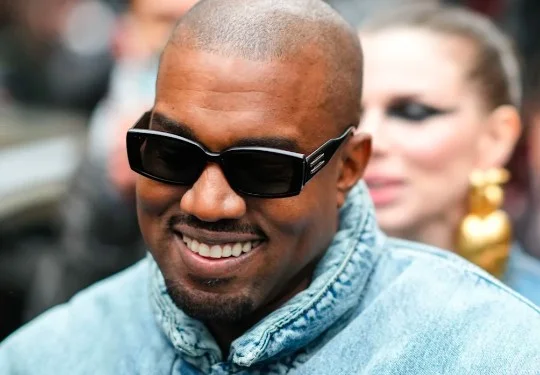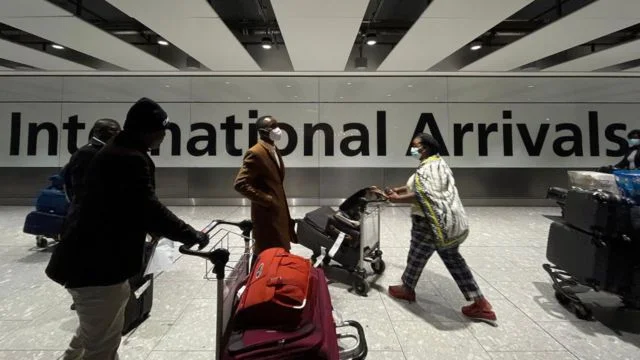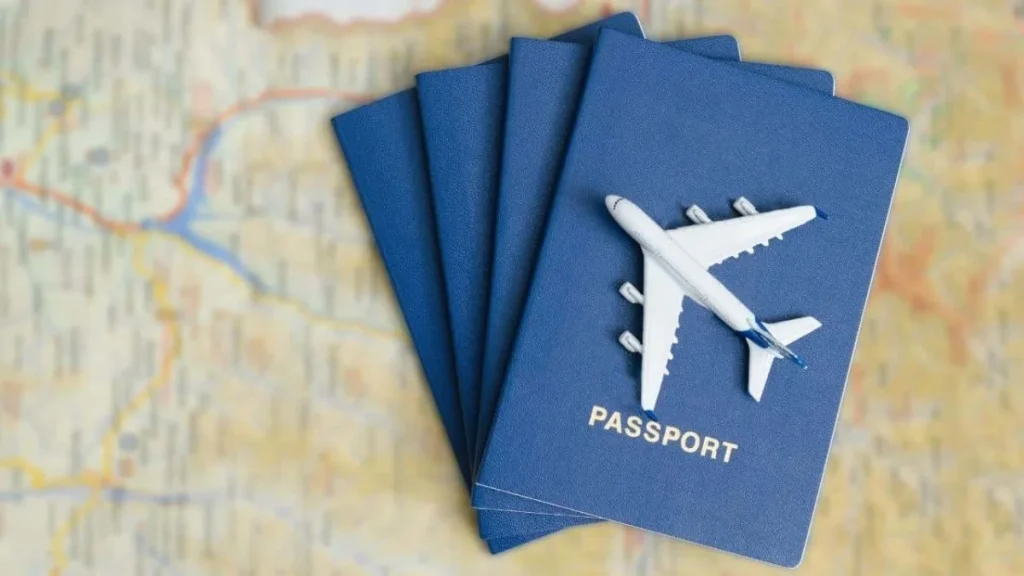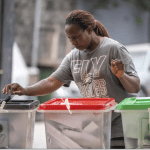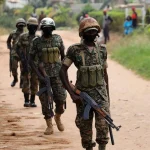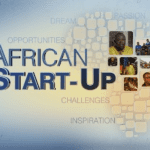On October 21, 2025, President Donald Trump shelved plans for a quick meeting with Russian President Vladimir Putin, calling it a potential “waste of time.” The decision, announced after a call between U.S. Secretary of State Marco Rubio and Russian Foreign Minister Sergey Lavrov, marks another hiccup in Trump’s rocky push to end the Ukraine war.
Originally set for Budapest, Hungary, the summit’s pause reflects growing tensions and mismatched goals in resolving the nearly four-year conflict.
Trump’s hesitation stems from doubts about progress. “I want results, not wasted trips,” he said, leaving the door open for a decision soon. The move follows Lavrov’s public rejection of an immediate ceasefire, signaling Russia’s focus on battlefield gains over diplomacy.
Shifting Stances, Stalled Talks
Trump’s approach to the Ukraine war, sparked by Russia’s 2022 invasion, has been inconsistent. He’s wavered between pushing for an immediate ceasefire and supporting long-term peace negotiations, while recently suggesting Ukraine might cede Russian-held territories for peace a proposal that alarms allies.
The conflict, which has killed tens of thousands and displaced millions, remains deadlocked, with Ukraine fighting to reclaim land lost since February 2022.
The last Trump-Putin meeting in Alaska in August 2025 yielded no breakthroughs, and Russia shows little urgency for another. Kremlin spokesperson Dmitry Peskov stressed “serious preparation” is needed, hinting at Moscow’s reluctance to rush talks while military efforts continue.
European Pushback
European leaders, including the prime ministers of Britain and Germany and France’s president, welcomed Trump’s pause. They’ve accused Putin of using diplomacy to stall while advancing in Ukraine. The leaders firmly oppose any deal forcing Ukraine to surrender territory, a stance Trump has floated, arguing it could end the war quickly.
Instead, Europe is moving to fund Ukraine’s defense by tapping billions in frozen Russian assets. Though some question the legal risks, the plan aims to bolster Kyiv’s fight against Moscow’s aggression, showing a united front against concessions.
War’s Heavy Toll
The Ukraine conflict, now in its fourth year, has devastated cities and economies. Russia’s invasion has triggered global energy and food crises, with Ukraine’s resistance relying heavily on Western aid.
Trump’s ceasefire push aims to halt the violence, but his suggestion of territorial compromises has sparked fears of undermining Ukraine’s sovereignty.
The stalled summit reflects deeper challenges. Russia’s insistence on holding ground clashes with Ukraine’s demand for full restoration of its borders. Meanwhile, U.S. domestic politics and European resolve shape the path forward, with no easy resolution in sight.
Global Eyes on Next Steps
The pause in U.S.-Russia talks comes amid broader tensions. European leaders are doubling down on support for Ukraine, while Trump’s shifting rhetoric keeps allies guessing.
The use of Russian assets could escalate economic pressure on Moscow, but risks remain if Putin retaliates.
Trump’s decision to wait for “serious preparation” suggests a cautious approach, but time is critical as Ukraine battles on. The world watches for signals of progress or further delays.
A Fragile Path Forward
Trump’s delay of the Putin summit underscores the complexity of ending the Ukraine war. With Europe pushing for strength and Russia digging in, diplomacy hangs in the balance.
The coming days could clarify whether talks resume or if the conflict’s grind continues, testing global patience and resolve.

